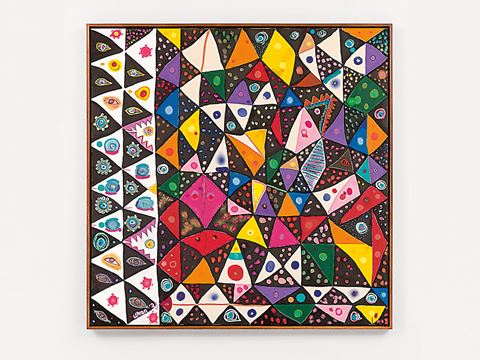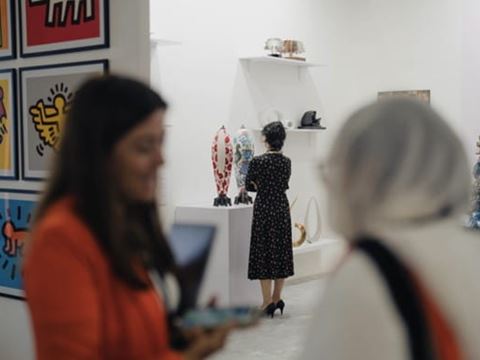
New Middle East Galleries
Penn Museum, Philadelphia,Philadelphia,USA;Pennsylvania
The 4,500-year-old crown jewels of a queen. One of the world's oldest drinking vessels. A baby's rattle. A school child's first writing primer. A workman's tool. The very first spreadsheet. Through these objects and more than 1,200 others, these newly renovated, reconceptualized galleries create a journey exploring how, 10,000 years ago, in the fertile crescent of the Middle East, the most transformative point in our human history was set in motion: the domestication of plants and animals and, with it, the shift from hunting and gathering to farming. Villages developed, then towns. Writing and mathematics developed for record keeping. Mesopotamian societies gave rise to the world's first cities—cities that, it turns out, were not so different from our own. These are the first in a series of gallery renovations taking place at the museum over the next several years.
You may also be interested in...

Tasveer Film Festival & Market
Tasveer Film Festival & Market will showcase 110 feature films, documentaries and shorts from South Asian countries and global South Asian storytellers—solidifying its status as North America’s only Oscar‑qualifying South Asian film festival.
Pigments of Emotional and Optical Power
Uman: After all the things elicits the flamboyant fabrics worn by women in Somali bazaars, the slanted flourishes of Arabic calligraphy taught in the madrassas and the vast countryside of Kenya and upstate New York.
Dubai Design Week
Dubai Design Week, a leading annual fair for contemporary design, offers a spate of programming highlighting architectural and installation art that rich cultural narratives of the region.